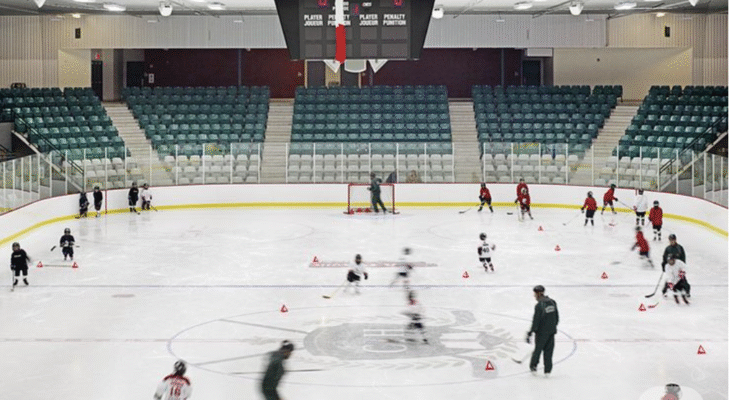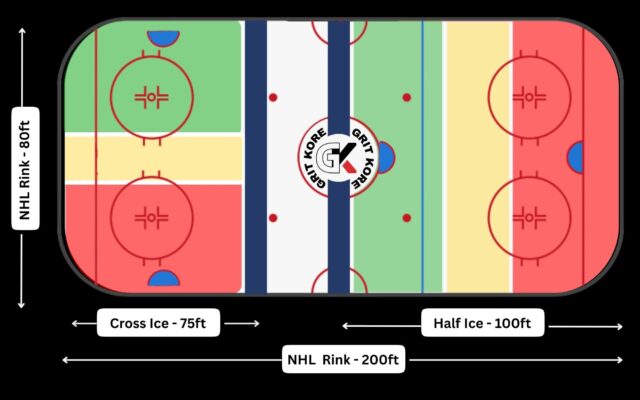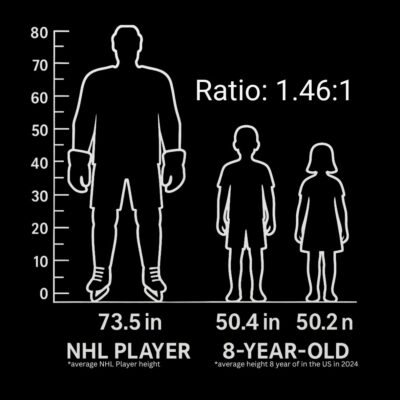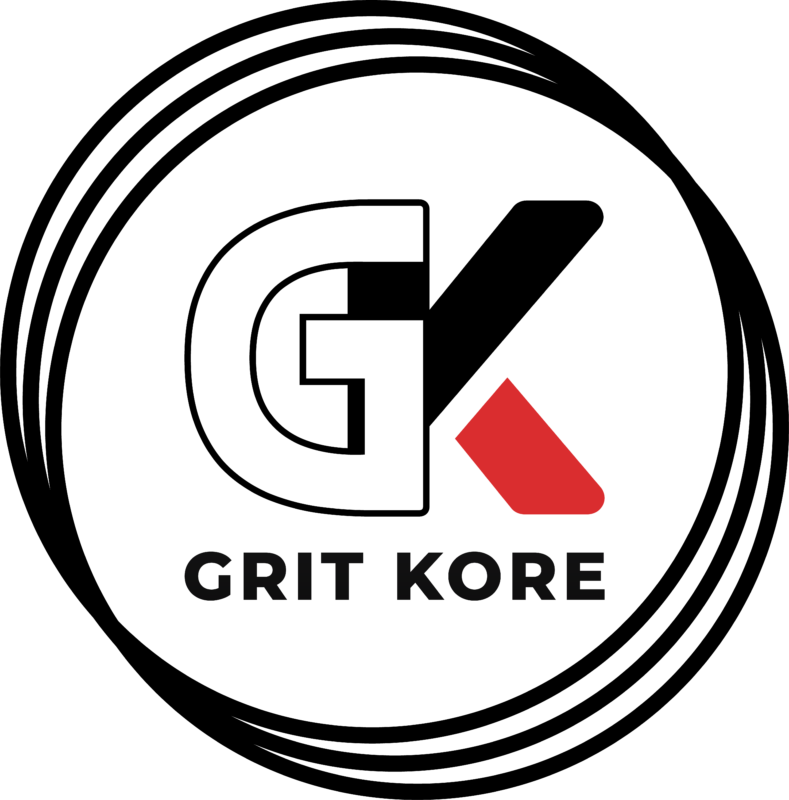
If there’s one thing youth hockey teaches us (besides exactly how early your closest coffee shop opens on Sunday morning), it’s that not all ice sheets are created equal. Last weekend we fired up our Grit Kore methodology, dove headfirst into six youth games, and came out with data, sweat, and a few raised eyebrows. Turns out, how big the rink is might just change who actually gets to touch the puck. So refill that coffee mug, it’s about to get stat-nerdy and parent-relatable.
Setting the Stage: What We Measured
- We tracked two PW Major elite teams and two high-level Mite Major teams, playing on full ice sheets, with the former playing two games on an Olympic-sized rink.
- All data collection was done off the bench, no in-game distractions, just pure observation (from the stands / LiveBarn).
- We computed Grit Scores per player, then analyzed the distributions (average, spread, etc.).
Here’s what jumped out:
| Team Type | Average Grit Score | Standard Deviation |
|---|---|---|
| PW Major (elite) | 8.05 | 2.19 |
| Mite Major (full ice) | 10.32 | 4.53 |
| Mite Major (half ice) | 10.94 | 2.99 |
- The full-ice Mite team actually had a higher average Grit Score than the elite squad.
- But, here’s the kicker, the spread (std dev) in the full-ice Mite game was more than double that of the elite team.
- The half-ice Mite team’s spread was much tighter, closer to the elite team’s dispersion.


Interpretation: Why the Spread (Standard Deviation) Matters
If you’re revisiting your stats class, standard deviation (SD) tells us how spread out the scores are around the mean. A high Standard Deviation means “some players dominate, some barely register.” A low SD suggests more equitable contributions across the roster. So what does our data imply?
- Full-ice Mite = wide spread A few energetic kids got tons of touches (and grit), while others received less. The distribution is skewed: some players shine, many fade.
- Half‑ice = more egalitarian The constraints of less space force more consistent participation. More kids get involved, more regularly.
- Elite level = tighter dispersion At higher levels, the playing field levels itself out. Better training, more trust, and more even playing time may shrink variance, players “earn their grit” more uniformly.
That’s exactly why the standard deviation for full-ice Mite Major is over DOUBLE that of the elite team.
Why This Matters to You (the Parent / Coach / Fan)
- Playing time & development Young kids thrive when they feel valuable. In a full-ice setting, weaker or less aggressive players may get buried under variance. A half-ice structure ensures more balanced opportunity for touches, builds confidence, and fosters development.
- Motivation & grit culture If the goal is “earn 10–15% more grit daily,” you want each player to sense that daily struggle matters. Tightening variance helps more kids believe they can improve.
- Variety is key While full ice gives the authentic experience (locker rooms, officiating structure, emulation of pro hockey), sprinkling in half-ice games or practice drills can help reduce dispersion and let the “quiet contributors” grow.
Hypothesis for the Future
As kids mature and gain more experience, I’d bet that standard deviation shrinks further (adjusted for playing time). In other words, by the time they’re in Bantam or Midget, more players are contributing similarly, and the variance gap between full-ice and scaled-down games narrows.
Coaching Takeaways (For Teams, Coaches & Parents)
- Track Grit Scores (or any touch metric) regularly to spot persistent “silent zones” — players who rarely get a touch.
- Celebrating small contributions — reinforcing “every touch counts” helps those on the lower end of the curve.
Final Word: Find. A. Way.
At Grit Kore, our mission is to help kids see themselves on the ice, feel their growth, and earn that extra grit every day. Ice size is more than just a logistics decision, it changes the shape of who plays. Let’s mix it up, full ice, half ice, small area, and give every kid a chance to lean in, push harder, and find their way.
FIND. A. WAY.
Greg
